We heard it before and can only confirm it: Buenos Aires has a strong European vibe. Argentinians will always remind you that at least one of their descendants is either from Europe (read Spain or Italy, if not both). We could also observe many times how much they are in love with the Italians and their culture. It was incredible for us. If you are Italian you should definitely visit Argentina, you will be received like nowhere else! 😉
With this “homey” vibe we felt relatively comfortable wandering in the streets. We mainly stayed around the center of this huge metropole and consequently managed to walk almost everywhere. We know that as a big city in South America, Buenos Aires does not have the best reputation in terms of security, this includes the locals, but we kept a low profile and really never felt uncomfortable whatever the time of the day or night.
Below is a summary of our week-long stay in this busy but breathable capital.
Staying in Congreso neighborhood
Having looked for a place to stay relatively last minute and being confronted to the high prices of hotels in Buenos Aires, it is by chance that we ended up in the Congreso neighborhood. Which was a great place to start discovering the awesomeness of Buenos Aires.
The neighborhood that goes from the Congreso building (beautiful!) to Recoletta in the North is a great place to explore the city out of the touristic paths. Apparently you can visit the Congreso but we did not take the time for it so cannot provide you with information. I think it would be worth a visit though.
From the mainstream brands of Avenida Corrientes to the cheap commercial businesses South-East of Cordoba subway, wander the streets like a local. There are many restaurants, bars, bodegas to discover around and the best way is to ask the locals for recommendations. Nevertheless here are a few places we would recommend you not to miss when you visit the neighborhood:
- The bookstore El Ataneo: set in a former theatre it is simply beautiful;
- The chocolate shop Rapa Nui: for their chocolates but also for their delicious ice-creams;
- Root Coffee House: good independent coffee shop and delicious lunch deals;
- The small local chain Tomasso: good and cheap empanadas and pizzas for take away.
Finally, a recommendation in case you would need to buy some trekking equipment before heading to Patagonia (warm clothes, camping, etc…): Wild Life. Good service and price for quality products if you don’t care about branded goods. Also, the owner is a paraglider and skydiver so he had a lot to talk with Silviu. 🙂
Palermo by night and by day
The first time we headed to Palermo was in the evening to meet with some friends. On the one hand we were able to see Kamel that we had met while taking our diving license in Koh Tao, Thailand and was temporarily back to his home in Buenos Aires. On the other hand, we were invited to an event co-organized by a former colleague of Silviu, who happened to be in Buenos Aires for a few months for his work. It was cool to gather together for some drinks.
We decided to walk up to the event place and it gave the opportunity to discover this very gentrified neighborhood: fashion designers, hipster places and concept stores. Everything opens late and it is very nice to walk through the enlightened streets and look at the beautiful window shops (I am with 2 males so no way for me to get inside the cool shops ;-)). After the event, we went to a very nice Argentinian restaurant called Caldén del Soho, which was relatively affordable for the quality, though Palermo is a pricey district. We had a delicious dinner, accompanied by a tasty Argentinian Malbec wine, of course! We later went to a concert of “modern tango“, which was more than cool. It was all a very fun night with a bit too much alcohol…
A few days later, Silviu and I went back through the neighborhood by day to have a walk in the botanical garden. By day the neighborhood looks quite different, somehow less charming…
San Martin and Buenos Aires Centro
Our first reason to get to this neighborhood was a very naive one… we were looking for the Patagonia shop, surprised that there was only one in town… when we got there and saw the prices we remembered that, despite of the name, this is a US brand, not and Argentinian one! Oopsie…
Anyway we were now close to the Plaza San Martin: a beautiful square, especially under the sun, where you can admire the Torre Monumental. This clock tower used to be called the Tower of the English as it was a gift from the local British community to the city in commemoration of the centennial of the May Revolution of 1810… it changed name in 1982 because of the conflict over the Malvinas/Falkland Islands conflict. This is still an important unresolved topic in Argentina. The tower itself is often degraded with anti-British tags while it is common to find signboards saying “the Malvinas son Argentinas“.
Next to the square, don’t hesitate to have a look at the Retiro Train Station. This French-style train station (built by the … British!) was declared a National Monument in 1997.
Heading South you can follow the pedestrian Calle Florida, famous for its “cambio” touts: you cannot walk 10 meters without somebody offering you black market change… at your own risk! We personally didn’t like the atmosphere of that street. The only stop we could recommend you is the shopping mall Galerias Pacifico for its interesting design, but it is not worth a detour.
Then of course you cannot miss the Avenue 9 de Julio: with 140m it is the widest avenue in the world. In the center of Plaza Republica you can find the 110m high Obelisk, built in 1936 to commemorate the 400th anniversary of the city founding.
Montserrat and San Telmo
Montserrat and San Telmo is probably the most touristic part of Buenos Aires and it is well deserved. We stayed in this neighborhood for the second part of our visit.
Starting from the Plaza de Mayo and its official buildings, heading to the bohemian neighborhood of San Telmo, you need to keep an open eye at all time for classic architecture and modern street art.
We assisted to some street protestations, which reminded us that this country is facing an economic crisis with an inflation that went up to 40% in the past months. This is partly due to the devaluation of the currency. Even if this is a very positive point for external tourists, it has some dramatic consequences on the commercial side.
On a brighter note, San Telmo is lovely. And far from the politics and economics, it keeps a pleasant bohemian charm even though the gentrification is not far.
It is a great neighborhood to visit on a Sunday due to its fair that stretches along multiple streets and opens the opportunity to find original souvenirs in a friendly setting.
Here are our recommendations for good food in the neighborhood:
- Desnivel: popular parrillada (super-crowded on Sundays) where one can eat meat for a good price-quality ratio;
- El Banco Rojo: for a great burger, can get busy so come early;
- DeBar: good and affordable choices of salads, sandwiches and warm dishes at lunch time (busy with local workers); completely different atmosphere at night where it becomes a burger place (burgers are ok but nothing comparable with Banco Rojo) but it’s a good place for a beer: check their party program;
- Coffee Town: located in the middle of the Mercado San Telmo, they select their beans, brew them and make delicious coffee, a bit pricey but worth it if you enjoy coffee;
- Freddo ice-cream: all over the city, a good place for a pause; we miss it so much.
By the river in Puerto Madero
Puerto Madero neighborhood has 3 distinctive parts: a big park, that was closed at the time we were there due to the Youth Olympic Games, the business district with its skyscrapers, and the river banks.
We really enjoyed walking along the river among the blossoming trees. This area used to be a dockside and many traces of it remains. The old red bricks buildings, abandoned for years, have been renovated and turned into fancy restaurants, bars, offices and even a university. This is a beautiful example of positive urban planning: turning a dodgy abandoned district into a dynamic architectural area.
The colorful La Boca
La Boca is a working class neighborhood close to the famous La Bombonera stadium. Part of the “La Boca” district is very touristic. It is said to be the birth home of tango (not confirmed), and it is actively revamped in order to attract tourism. Indeed, a few streets have been turned into pedestrian streets, the houses around have been painted in various colors, street artists have been invited to fill the walls with graffiti and tango shows are happening all day long. You will also be reminded that the Pope and Maradona are Argentinians. That is the pleasant but small touristic corner where the painted walls are a fun background to pose for portrait pictures.
Out of that, La Boca remains a poor neighborhood. Poverty and contestation are both visible. Although we had no safety issue wandering around the neighborhood we were advised by a street seller top avoid some streets. Our first plan was to follow the river back to Puerto Madero, but part of the river side is indeed squatted by homeless who have built shelters all the way. Definitely not advisable to go through…
Tigre, outside of Buenos Aires
An hour by train out of Buenos Aires is the famous town of Tigre. If you want to get there just head to the Retiro train station and either use your SUBE card if you have one or buy a ticket: trains direction Tigre depart every 20 min or so.
Popular getaway for Buenos Aires inhabitants it can get really crowded during the weekend. We were there on a cloudy day of the week and it was definitely breathable and not crowded. The downside though was that many places were closed…
We were joined there by our friend Kamel for a last tour together before we head South and he heads to…Europe. 🙂 After Asia and South America, hopefully we will meet him again when we are back in Europe.
Tigre is actually spreading over a network of small islands on which houses have been built that are only accessible by boat. It used to be a relatively poor remote place but it has now become the perfect spot for rich people country side house. Therefore Tigre is full of contrasts between the relatively modest boats and houses of the initial inhabitants and the fancy boats and designed constructions of its new ones. You can have an overview walking on the mainland (don’t miss the Art Museum on the way) but the best is to get a boat tour around the islands (we didn’t since we were running out of time).
But there is more to Tigre and if you have time, unlike us, you should take a boat tour to explore the tentacular network of canals and observe the local fauna and flora.
Head to Puerto de Frutos (the former fruit harbor) for lunch… and crafts!
Street Art in Buenos Aires
Like in many places that we have visited in South America, in particular big cities, Buenos Aires is also full of beautiful street art. Here is a selection for you to enjoy:

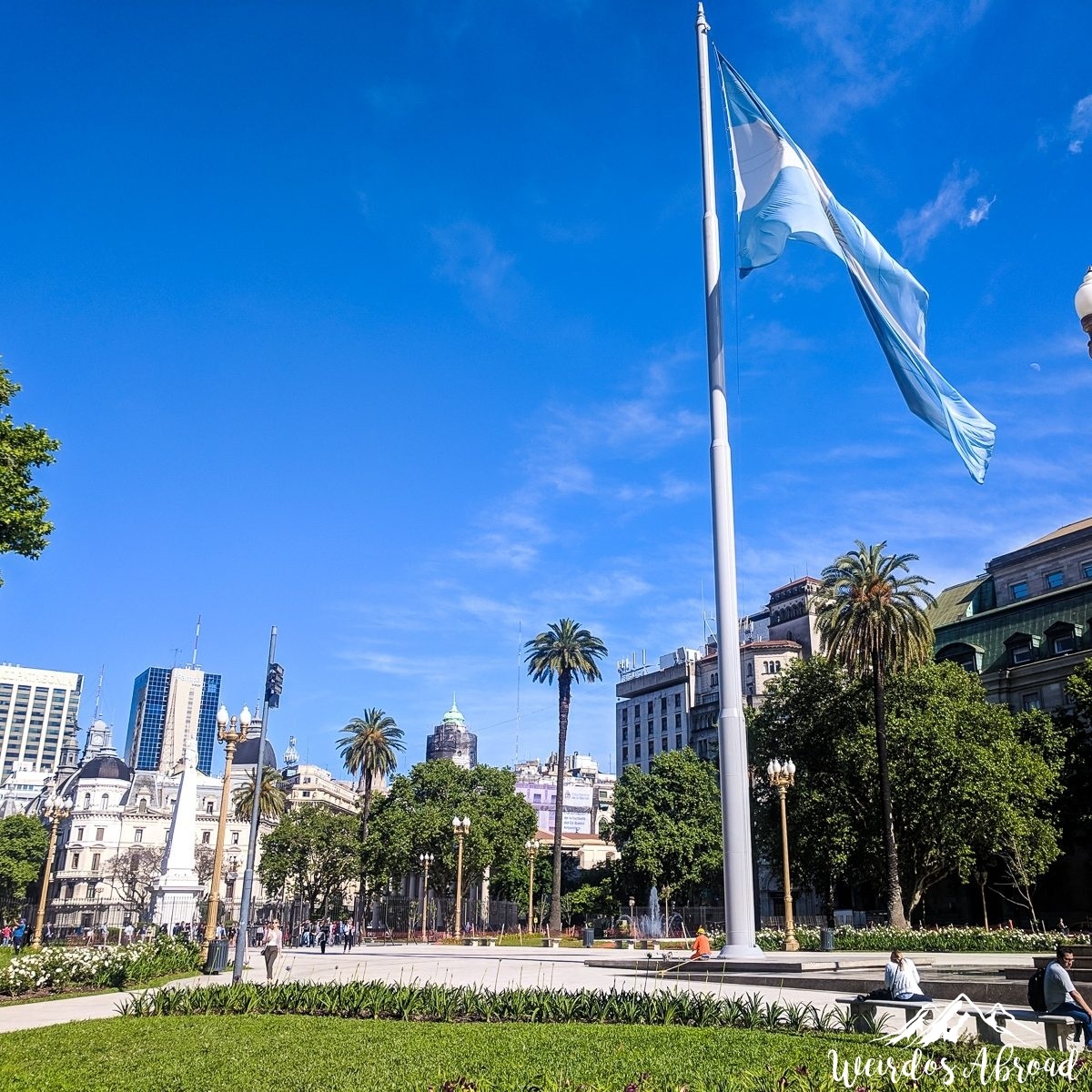
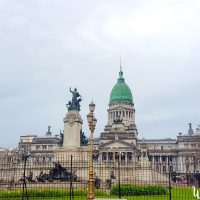
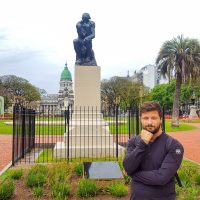

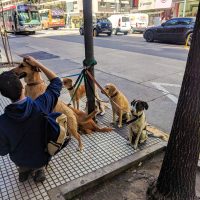
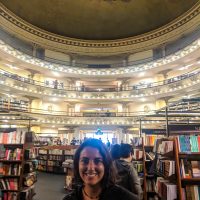
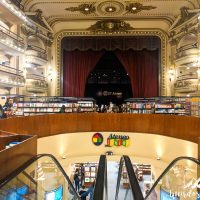
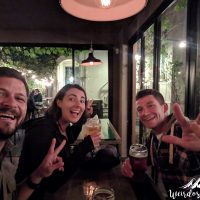
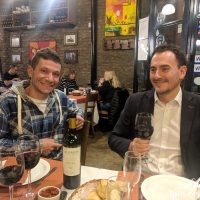
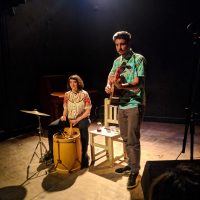
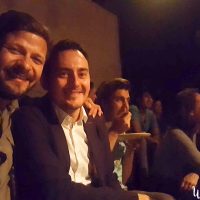
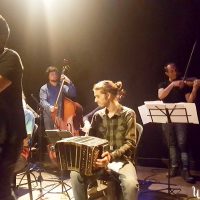
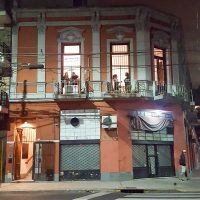
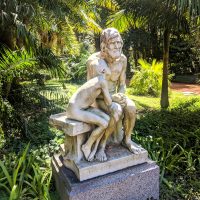
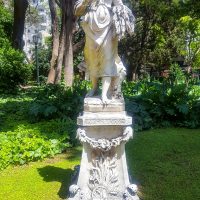
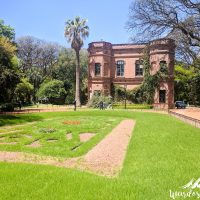
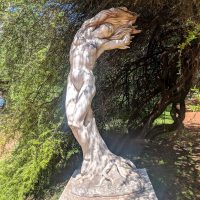
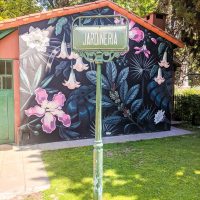
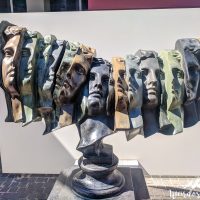
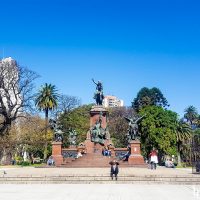
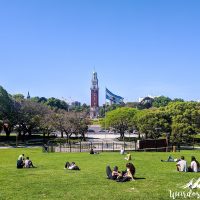
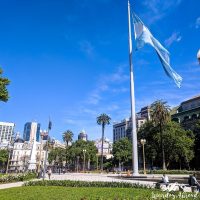
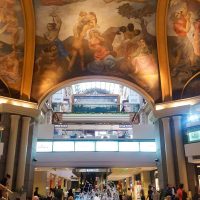
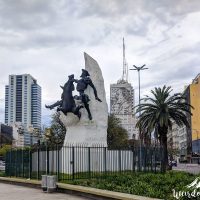
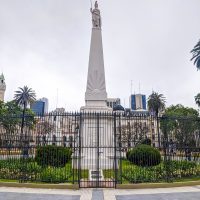
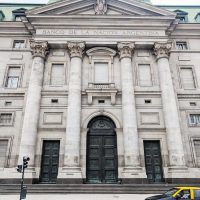
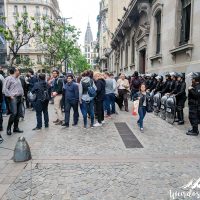
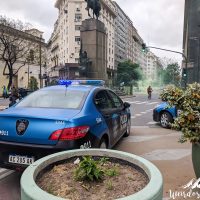
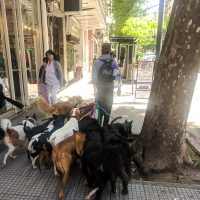
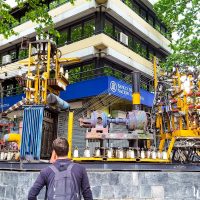
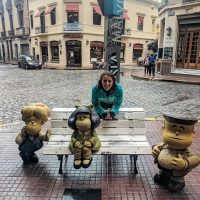
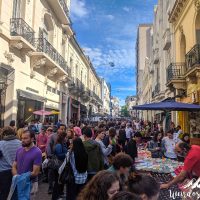
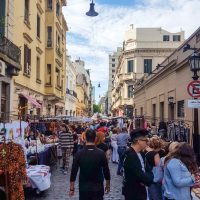
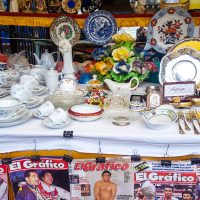
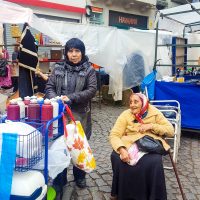
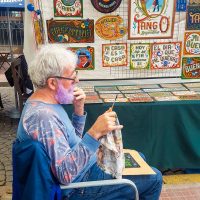
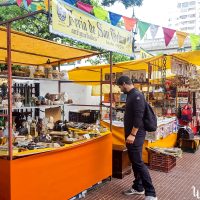
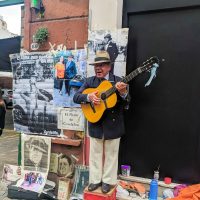
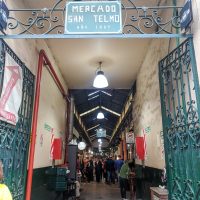
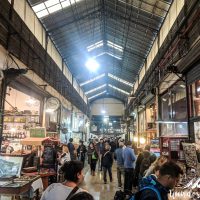
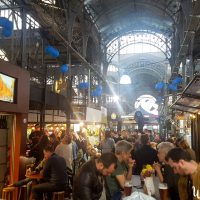
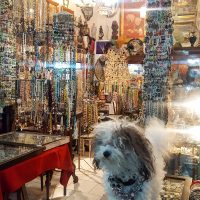
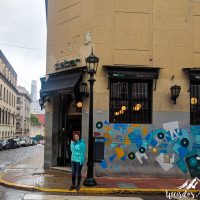
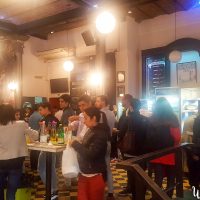
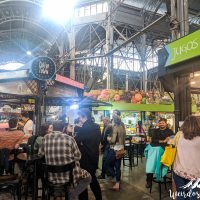
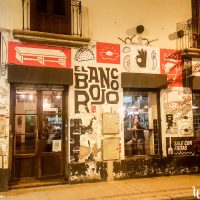
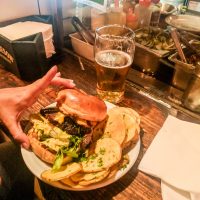
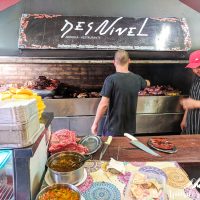
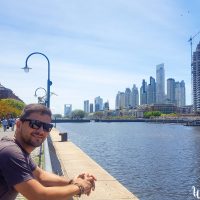
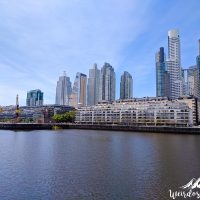
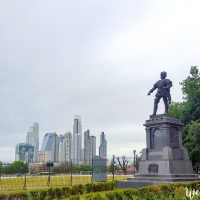
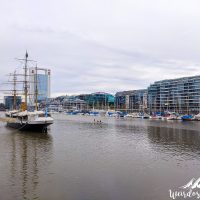
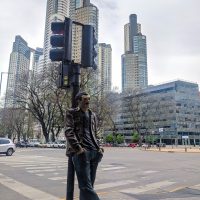
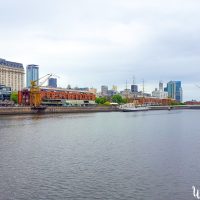
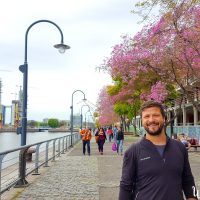
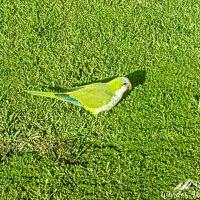
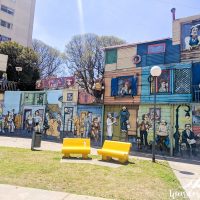
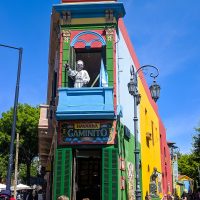
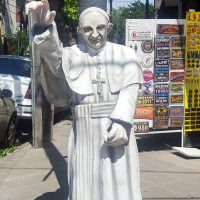
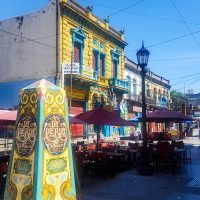
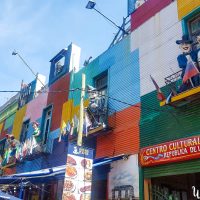
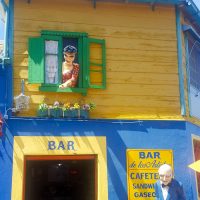
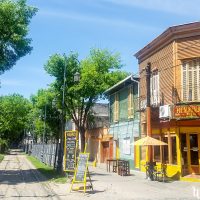
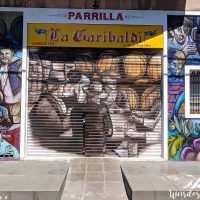
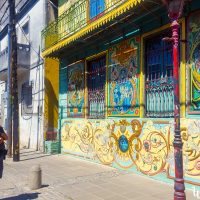
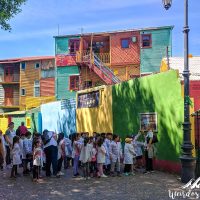
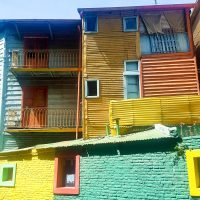



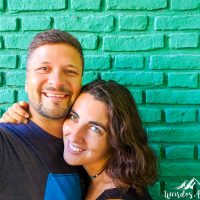
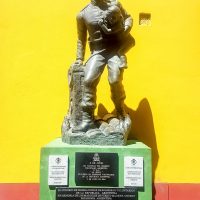
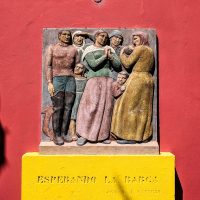
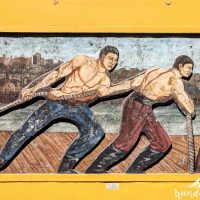
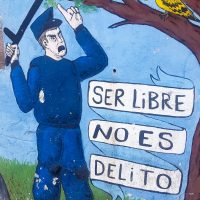
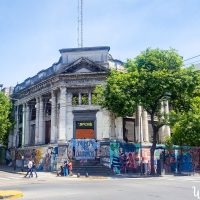
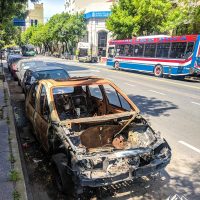
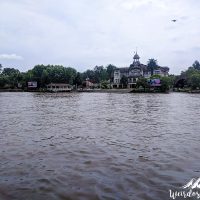
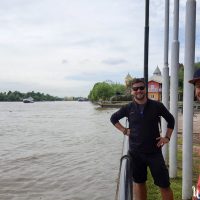
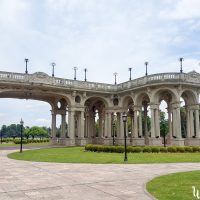
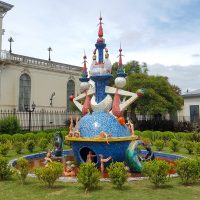
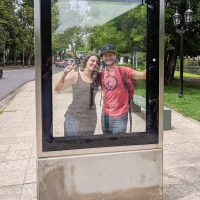
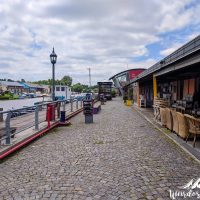
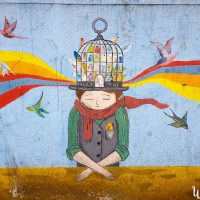
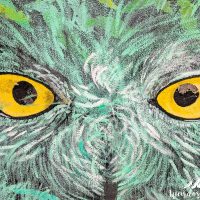

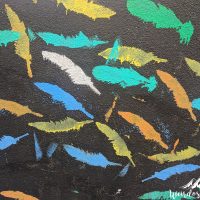
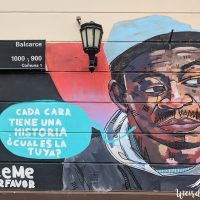
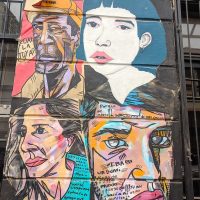
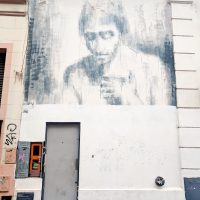
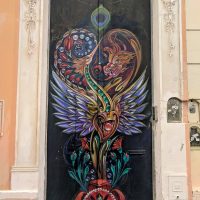

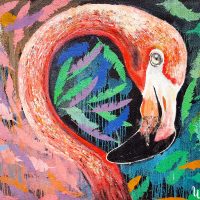


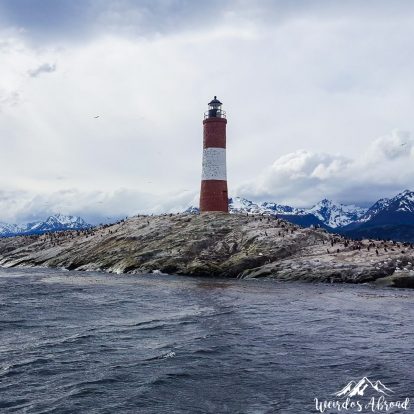
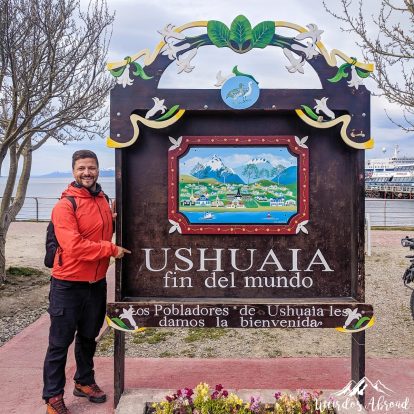
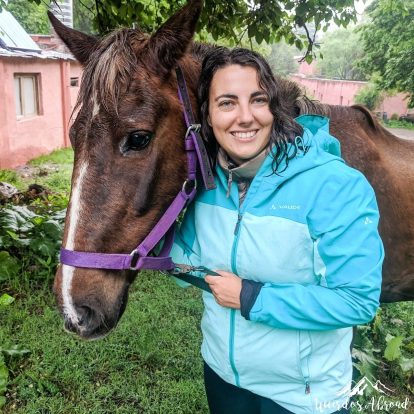
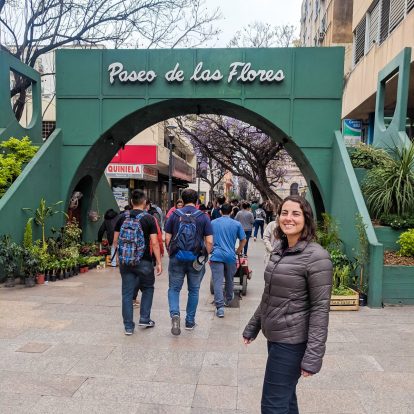
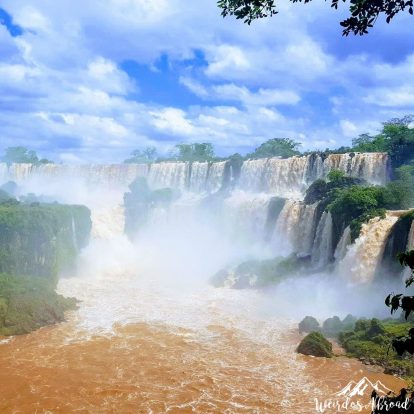
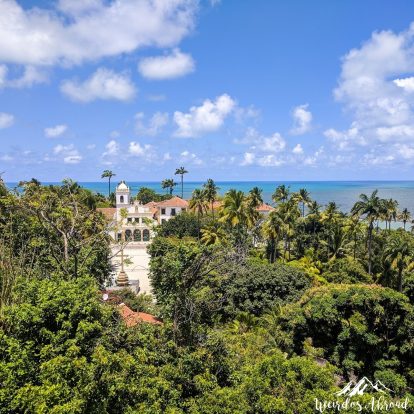
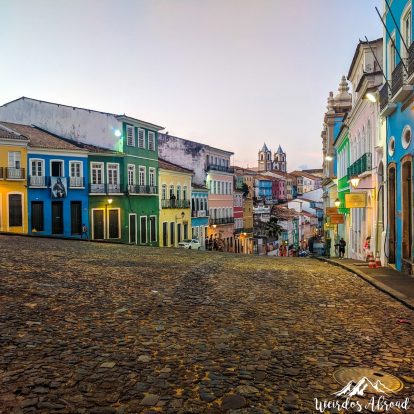
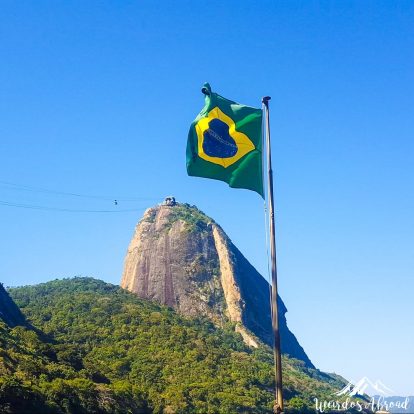
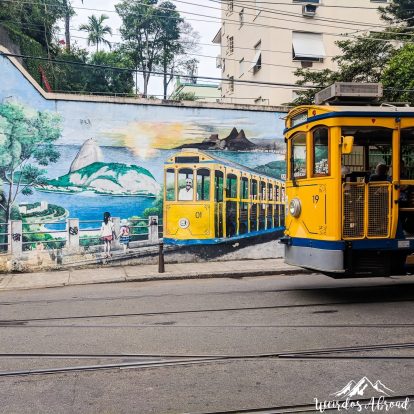
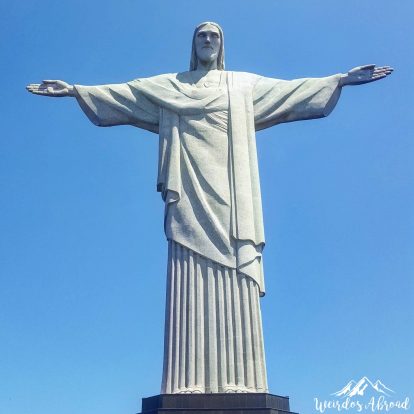
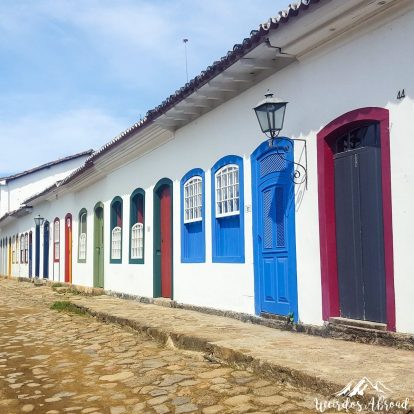
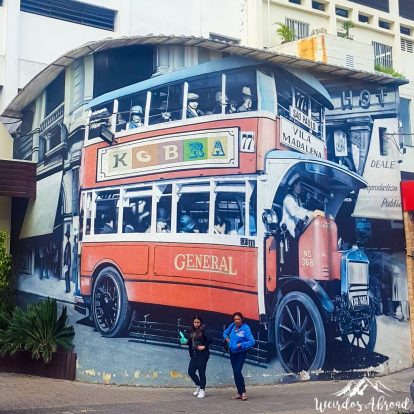
Nice post. I was checking constantly this blog and I am impressed! Very useful info specifically the last part 🙂 I care for such info a lot. I was looking for this particular info for a long time. Thank you and good luck.